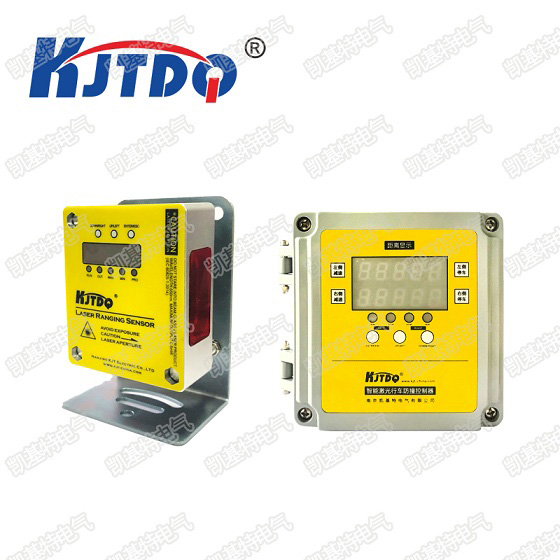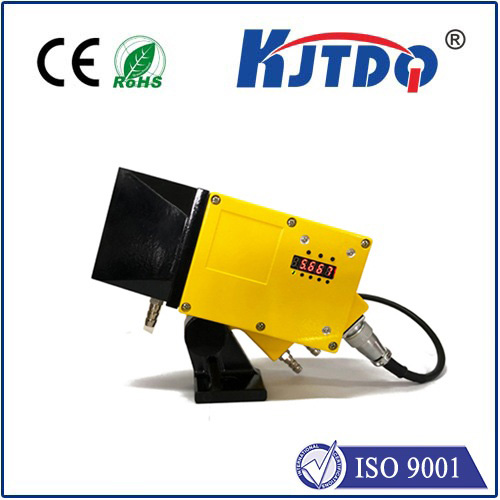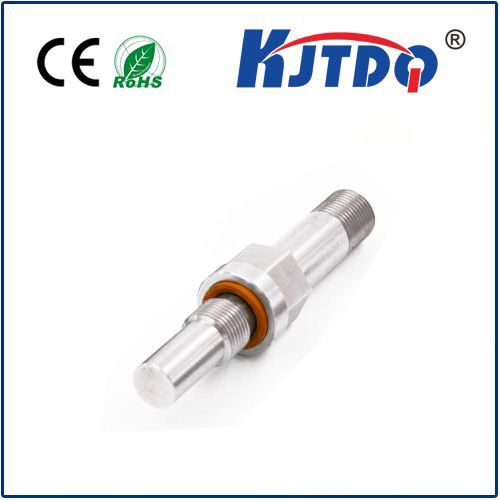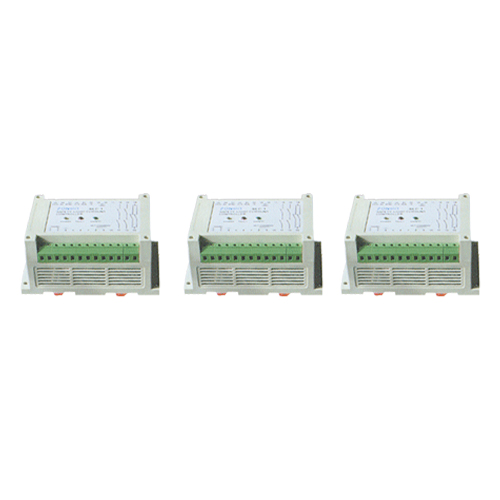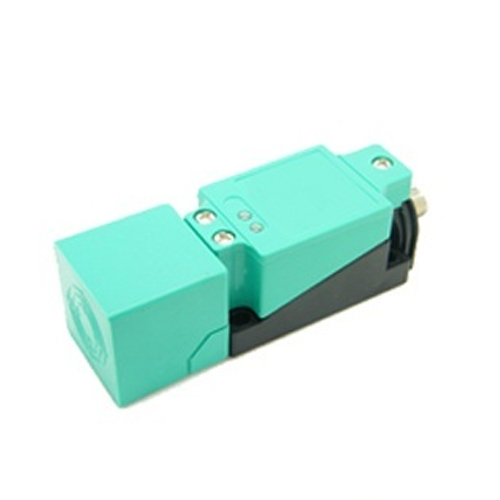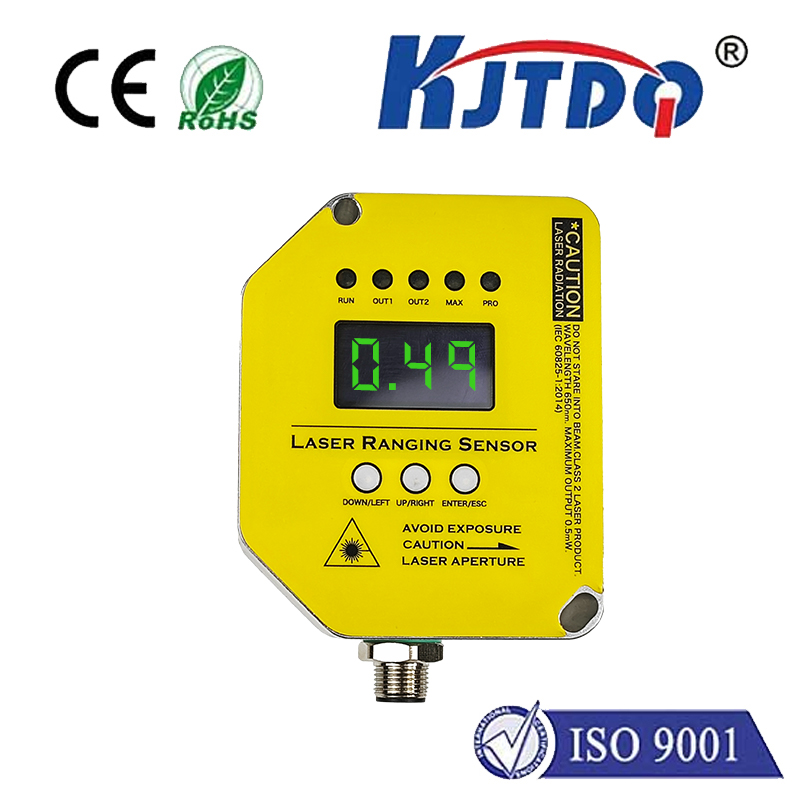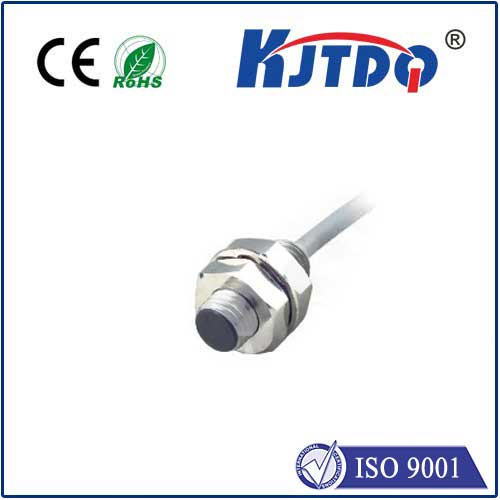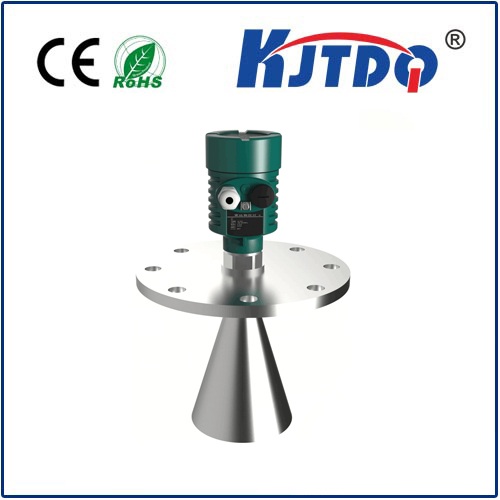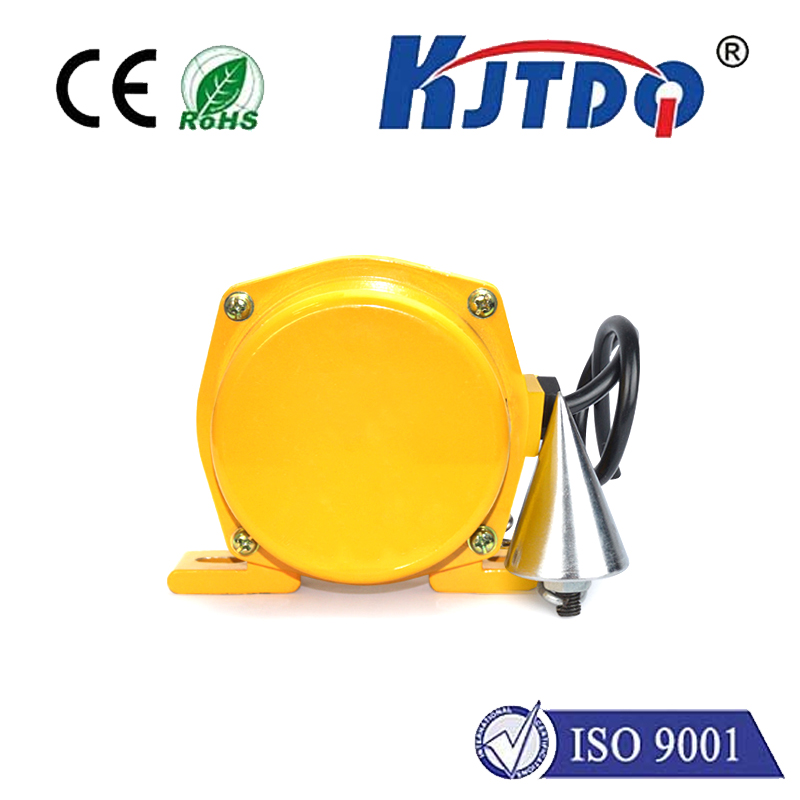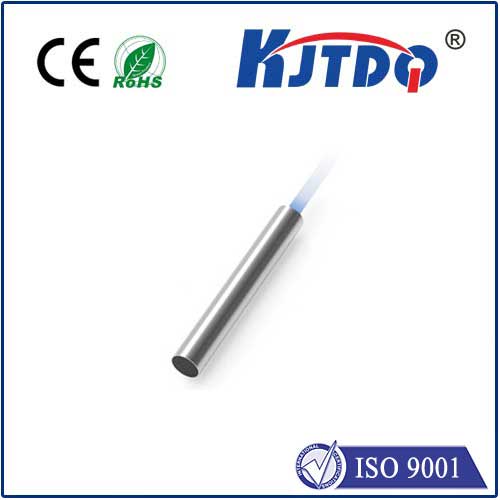Did you know that overheating causes nearly 40% of failures in high-power laser systems, costing industries millions annually? In an era where lasers drive advancements from precision manufacturing to cutting-edge medical procedures, managing this heat isn’t just a technical detail—it’s the linchpin of reliability. Enter thermal sensors, the unsung heroes that ensure these powerful devices operate safely and efficiently. As high-power lasers push boundaries, generating intense energy that can fry components in seconds, the role of specialized thermal monitoring has become indispensable. This article explores how modern thermal sensors are revolutionizing laser technology, offering real-time insights that prevent downtime and extend equipment lifespans.
High-power lasers, such as fiber lasers and CO2 lasers, harness immense energy outputs for tasks like cutting metals or enabling surgical procedures. But this power comes at a cost: thermal buildup. When temperatures soar unchecked, components degrade rapidly, leading to reduced beam quality, unexpected shutdowns, or even catastrophic failures. For instance, in industrial settings, a single overheating incident during laser welding can halt production lines, incurring heavy financial losses. Traditional temperature checks often fall short because they rely on slow or inaccurate methods that can’t handle the extreme environments. That’s where advanced thermal sensors step in, designed to withstand the rigors of high-heat zones while providing continuous, precise data. These sensors act as the eyes of the system, monitoring critical points to keep everything running smoothly.

So, what types of thermal sensors are best suited for high-power laser applications? The key is in their ability to deliver fast response times and high accuracy under demanding conditions. Термоэлектрический термометр, for example, are widely used due to their affordability and durability; they convert temperature changes into electrical signals almost instantly, allowing operators to detect hot spots before they escalate. Similarly, resistance temperature detectors (RTDs) offer superior precision, with minimal drift over time, making them ideal for applications requiring long-term stability, such as in defense lasers for targeting systems. For non-contact scenarios, like monitoring laser optics from a distance, infrared sensors shine by capturing thermal radiation without physical interference. This versatility means sensors can be integrated into various laser components—from the gain medium to cooling assemblies—enabling comprehensive thermal management. By selecting the right sensor type, engineers optimize performance; for instance, in medical lasers for skin treatments, accurate temperature control prevents tissue damage, ensuring patient safety.
The integration of thermal sensors into high-power lasers unlocks a world of practical benefits across industries. In manufacturing, where lasers cut through thick materials, real-time thermal monitoring prevents machine overloads by triggering automatic adjustments. This not only boosts efficiency—reducing energy consumption by up to 25%—but also enhances precision, resulting in cleaner cuts and fewer defects. In aerospace, thermal sensors safeguard laser-based drilling systems by alerting teams to anomalies, extending component life and lowering maintenance costs. Beyond industry, the medical field relies on these sensors for procedures like laser eye surgery, where temperature stability is critical to avoid complications. Such applications highlight how thermal sensors contribute to system reliability and safety, transforming potential hazards into controlled, predictable operations. Innovations like embedded sensors with smart algorithms now predict failures before they occur, using data analytics to fine-tune cooling mechanisms proactively.
Despite their advantages, deploying thermal sensors in high-power laser environments isn’t without challenges. The intense heat and electromagnetic interference can compromise sensor accuracy or lead to early degradation. For example, sensors placed near the laser cavity must endure temperatures exceeding 1000°C, requiring robust materials like ceramics or specialized alloys. To address this, recent advances focus on miniaturization and ruggedization, with sensors that incorporate self-calibration features to maintain precision under stress. Additionally, integrating sensors with IoT platforms allows for remote monitoring, simplifying diagnostics in hard-to-reach industrial setups. Looking ahead, trends point toward smarter, AI-driven sensors that adapt to changing conditions, such as in emerging fields like quantum computing lasers. By tackling these hurdles, thermal sensors not only overcome obstacles but also pave the way for innovations that make high-power lasers more accessible and sustainable.
Ultimately, the evolution of thermal sensing technology underscores its vital role in the modern laser landscape. As demands grow for higher outputs and greener operations, these sensors offer a path to greater efficiency, reducing waste and enhancing performance with minimal intrusion. From factories to hospitals, they demonstrate that precision temperature control is the cornerstone of cutting-edge laser applications, ensuring every pulse delivers its intended power safely and effectively.
